The reasons for the Development of Special treatment of Coffee beans in Colombia advantages and disadvantages of Special treatment
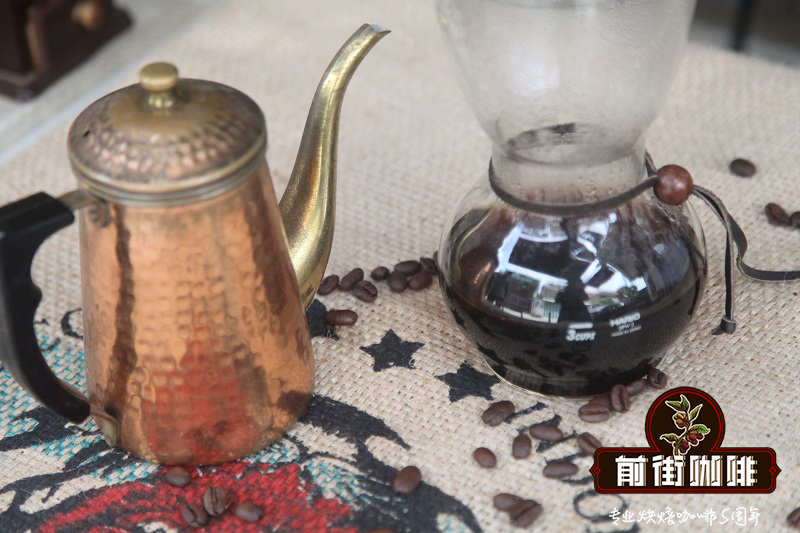
Processed coffee is related to variables-controlling one variable while adjusting another-three Colombian producers have been adjusting their processing variables for years to arrive at processing agreements for large and micro batches, which often give rise to competition. At Ally Coffee, we work with manufacturers who continue to promote process innovation and demonstrate expertise in time-proven methods.
El Nino Manor
Pablo Andres Guerrero has been growing coffee in his family's Hacienda El Obraje since 2000, when the farm made the next transition from wheat to apples to coffee and began fully processing Obraje coffee after building wet grinding and drying. Facilities in 2009.
"it's very interesting to do fermentation experiments," Pablo said. We tried different times and temperatures, first cherries, then beans. I learned a lot. It is important to always maintain the same amount of coffee during fermentation, or at least provide similar space and temperature conditions for coffee. "
Obraje processes natural and washed coffee and spent a decade perfecting its Kaddura, Gesha and now Yellow Bourbon,Castillo and Mara Cadura varieties in both ways.
Washing treatment: all treatment times vary according to the climate variables at harvest. Usually, cherries are fermented in cherries for 20 hours in the same bag used by pickers. Cherries are selectively harvested to ripen and classified by flotation. After pulping, the coffee is dried and fermented for another 24 hours, then fully washed, and finally the second flotation is carried out.
Washed coffee is usually dried on an elevated bed for an average of 16 days, or in a mechanical parchment combustion dryer for 4 days, where it receives a hot air flow of 30 degrees Celsius. This "oven dryer" style exposes coffee to the hot air above and below the beans.
Sun processing: all processing times vary according to climate variables at harvest time. Coffee destined for natural processing is usually fermented in cherries for 20 hours in the same bag used by pickers, then floated and then moved to an elevated bed to dry. It usually takes 30 days for Naturals to dry. Join the farm sightseeing tour of El Obraje.
Finca Monteblanco, Willa
Finca Monteblanco is first known for discovering his name on his farm by Rodrigo Sanchez, the producer of the pink bourbon breed, but Rodrigo sees processing as an ongoing opportunity for discovery and invention, and Monteblanco has built a lasting reputation for consistently producing coffee that showcases the best coffee. Innovative processing. Drawing inspiration from the wine industry, he tried to find the best balance between fermentation temperature and sugar content in coffee cherries. Rodrigo and his team developed a system to measure the Bailey sugar content of each batch of cherries and then assign them processing methods according to their sugar content.
A more innovative processing method pioneered by Monteblano, as part of the system, is cold fermentation, which cools de-starched coffee to prolong the time for mucus to come into contact with beans. In 2019, Rodrigo unveiled several new washing methods, including a way to balance the tannin content of coffee.
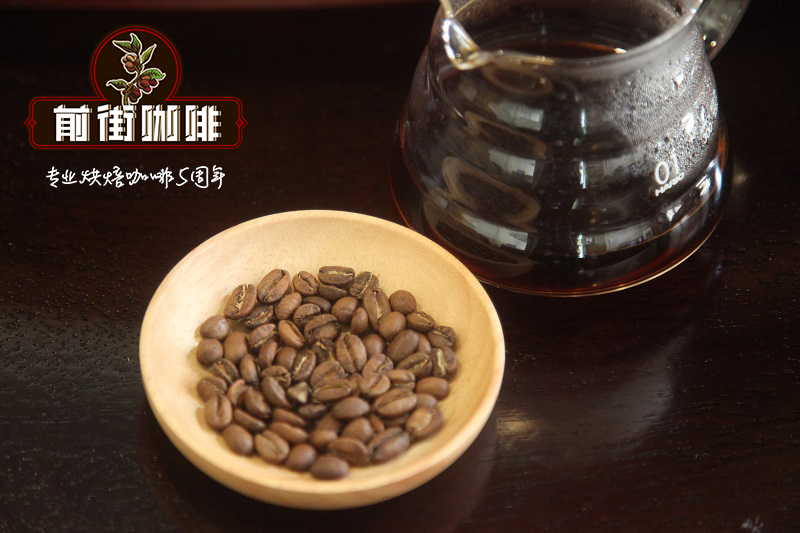
Tannin washing process
1. When cherries reach 28 °Bailey sugar, collect them and float them to remove defects.
two。 Next, the cherries are packed in GrainPro bags and oxidized for 120 hours.
3. The cherry was pulped and placed in a GrainPro bag for another 80 hours. The temperature reached 47 °and the pH value was 3.
4. The coffee has been completely washed and fed directly into the solar dryer for 3 to 4 days.
5. Coffee completes the drying process of the shadow bed for 20-25 days
INDESTEC Finca El Paraiso, Caucasus
Diego Samuel Bermudez Tapia is one of the partners of INDESTEC,Innovacion y Desarollo Tecnologico para el Agro; agricultural innovation and technological development. INDESTEC has developed processing equipment and technologies to control coffee processing variables. Diego Finca El Paraiso of Piendamo, located in Tunia Corrigimiento de Tunia, Vereda los Arados, is a rich innovation base for coffee processing. Their Eco-Enigma drying technology operates through closed-circuit air recycling and controlled temperature. The drying temperature is programmed according to flavor characteristics, and Diego has developed various "formulations" for different fermentation and drying stages by following various "formulations" and for a predetermined length of time at a precise temperature. Red plum and litchi are two of them.
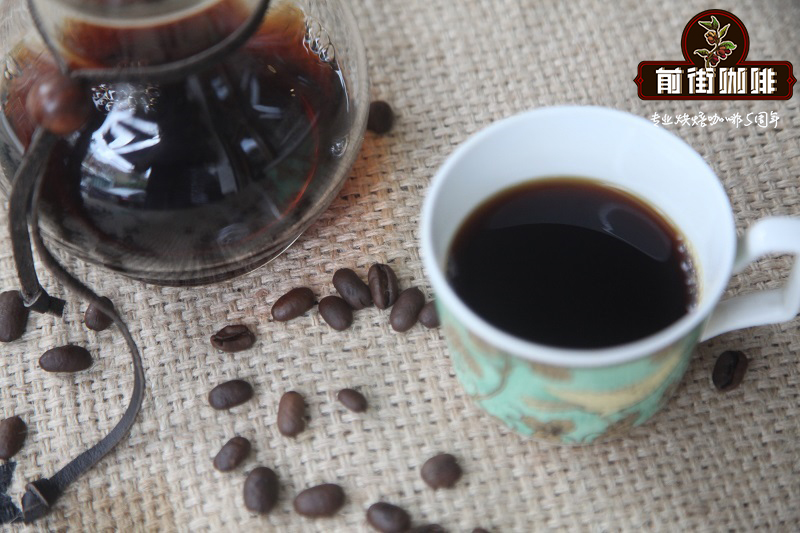
Red plum
In a tank with a pressure relief valve, anaerobic fermentation was carried out in cherries at 18 degrees Celsius for 48 hours.
Desizing
The second anaerobic fermentation was carried out in the mucus of 120 degrees Celsius for 48 hours.
For thermal shock cleaning, first use 40 degrees water, then 12 degrees water.
Control drying at 35 degrees for 34 hours to reduce the relative humidity from 25% to the desired level between 10% and 11%. It is dried in INDESTEC's Eco-Enigma machine by condensation and air recycling.
Litchi
In a tank with a pressure relief valve, anaerobic fermentation was carried out in cherries at 18 degrees Celsius for 48 hours.
Desizing
The second anaerobic fermentation was carried out in 18 degrees Celsius mucus for 96 hours.
For thermal shock cleaning, first use 40 degrees water, then 12 degrees water.
Control drying at 35 degrees for 34 hours to reduce the relative humidity from 25% to the desired level. Drying is carried out in INDESTEC's Eco-Enigma machine by condensation and air recycling.
Processing, central stage
During the coffee competition, competitors have only limited time to tell the story of coffee and describe how these carefully processed stages translate into the perceived taste in the cup. The technology, method, or type of equipment highlighted in the competition demonstration is just the tip of the iceberg in processing information.
Simply put, the handling of coffee is intuitive, and manufacturers can monitor weather conditions and move coffee between terraces, elevated beds, covered solar dryers and mechanical dryers until the beans reach the desired humidity level. The most complex process is to record hourly measurements such as temperature and pH, custom cans with valves and gauges, and constant adjustments to keep everything normal.
There is no way to be right or wrong, and many producers turn to reliable processing methods for most of the harvest, while trying to conduct small batch experiments to see what else will produce the desired results. The competition is an opportunity to break the coffee limit while always keeping in mind the final coffee drinker's hospitality experience. Simple or complex, classic or innovative, while paying attention to the process used to produce a particular coffee, is always a reminder that even a slight change in the condition of the crop can naturally change the crop.
Important Notice :
前街咖啡 FrontStreet Coffee has moved to new addredd:
FrontStreet Coffee Address: 315,Donghua East Road,GuangZhou
Tel:020 38364473
- Prev
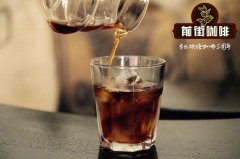
How is the development of Arabica boutique coffee in Thailand? What's the quality of Thai coffee?
Coffee cultivation in Thailand began with a project to eliminate opium cultivation in the 1970s. Similar projects to promote alternative crops have been carried out in many countries in South-East Asia and Arabica coffee cultivation in Thailand has proved to be the most successful. Thailand's booming coffee farms have provided food for the domestic market for decades, and Bangkok and other cities have a distinctive coffee culture with Australia, Europe or the United States.
- Next
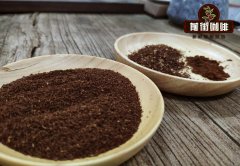
What is the effect of the difference of grinding particles on the flavor of hand-made coffee? Would you like some fine powder of coffee by hand?
Grinding is very important for coffee, and the size of coffee particles directly affects the efficiency of hot water extraction of coffee. In theory, the more uniform the coffee particle value is, the more consistent the overall extraction efficiency is, and the better the coffee flavor is. The variable of this experiment is the uniformity of coffee particles, so set up two groups: group An and group B: the grinding degree of group An and group B is 20 and the pass rate of standard sieve is 80%.
Related
- Detailed explanation of Jadeite planting Land in Panamanian Jadeite Manor introduction to the grading system of Jadeite competitive bidding, Red bid, Green bid and Rose Summer
- Story of Coffee planting in Brenka region of Costa Rica Stonehenge Manor anaerobic heavy honey treatment of flavor mouth
- What's on the barrel of Blue Mountain Coffee beans?
- Can American coffee also pull flowers? How to use hot American style to pull out a good-looking pattern?
- Can you make a cold extract with coffee beans? What is the right proportion for cold-extracted coffee formula?
- Indonesian PWN Gold Mandrine Coffee Origin Features Flavor How to Chong? Mandolin coffee is American.
- A brief introduction to the flavor characteristics of Brazilian yellow bourbon coffee beans
- What is the effect of different water quality on the flavor of cold-extracted coffee? What kind of water is best for brewing coffee?
- Why do you think of Rose Summer whenever you mention Panamanian coffee?
- Introduction to the characteristics of authentic blue mountain coffee bean producing areas? What is the CIB Coffee Authority in Jamaica?

